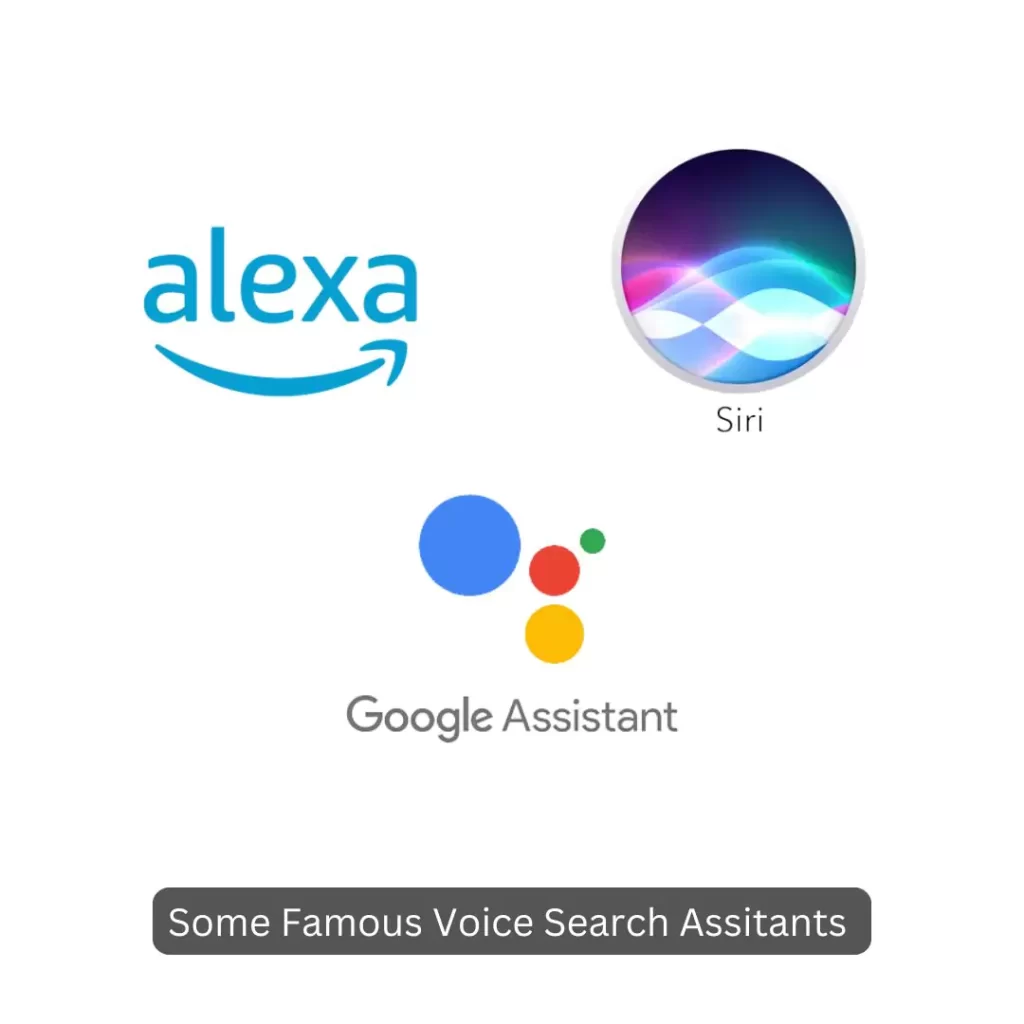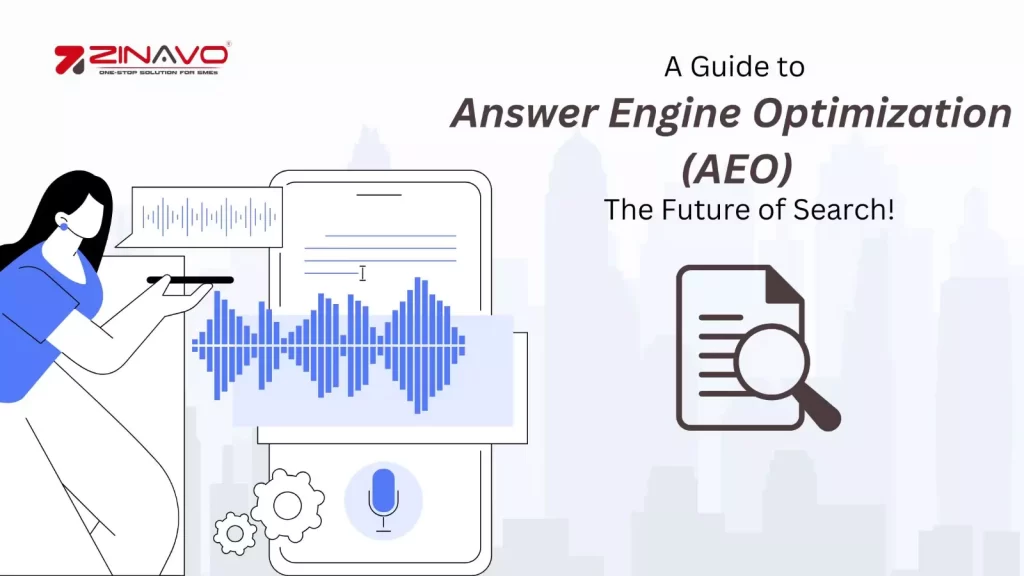A Guide to Answer Engine Optimization (AEO): The Future of Search
Introduction
The digital landscape is shifting. As users increasingly rely on voice assistants, smart devices, and AI-powered search tools, traditional SEO strategies need to evolve. This is where Answer Engine Optimization (AEO) comes into play—a method focused on delivering concise, authoritative answers to user queries directly in search results.
What is AEO?
AEO is the process of optimizing your digital presence to provide precise answers to questions posed by users, especially in search engines like Google and voice assistants like Siri, Alexa, or Google Assistant. Unlike conventional SEO, which aims to rank on the first page, AEO focuses on winning the coveted featured snippet position or zero-click searches.

Why is AEO Important?
Rising Voice Search Popularity :
Studies predict that by 2025, the majority of searches will be voice-based. Users tend to ask full questions rather than typing keywords, and AEO helps websites cater to this conversational approach.
Increased Visibility :
Featured snippets often appear at the top of search results, increasing visibility and authority without users clicking on a link.
Improved User Experience :
AEO prioritizes clarity and relevance, making it easier for users to find what they need—fostering trust and loyalty in your brand.
Difference Between SEO and AEO
Both SEO and AEO aim to increase online visibility, but they differ in purpose, approach, and outcomes. Here’s a detailed comparison:
| Aspect | SEO (Search Engine Optimization) | AEO (Answer Engine Optimization) |
|---|---|---|
| Objective | Improves website ranking on search engine results pages (SERPs). | Optimizes content to provide direct, concise answers to user queries, often in featured snippets or voice search results. |
| Focus | Keywords, backlinks, meta tags, and content optimization to attract organic traffic. | Conversational queries, structured data, and intent-focused answers to satisfy search engines and voice assistants. |
| Target Audience | Users who browse through search results to find detailed information. | Users looking for instant, specific answers, especially via voice assistants or featured snippets. |
| Technology Used | Relies on HTML tags, keywords, and backlinks. | Emphasizes schema markup, structured data, and AI-focused tools. |
| Device Usage | Optimized for desktops, mobiles, and tablets. | Primarily geared toward voice search and smart devices (e.g., Alexa, Siri, Google Assistant). |
| Measurement | Organic traffic, keyword rankings, and domain authority. | Featured snippet wins, voice search traffic, and engagement metrics from zero-click searches. |
Key Strategies for Implementing AEO
Understand Your Audience
To excel in AEO, begin by understanding the questions your target audience is asking. Use tools like Google’s People Also Ask section or platforms like AnswerThePublic to identify trending queries.
Optimize for Structured Data
Schema markup is a crucial element of AEO. It helps search engines better understand your content and presents it in an enriched format. Implementing schema can make your content more likely to appear in featured snippets or rich answers.
Create High-Quality, Answer-Centric Content
Focus on answering specific questions with concise, authoritative, and actionable responses. Break down complex topics into digestible sections and use headers like H2 or H3 for sub-questions.
Focus on E-A-T (Expertise, Authority, Trustworthiness)
Focus on answering specific questions with concise, authoritative, and actionable responses. Break down complex topics into digestible sections and use headers like H2 or H3 for sub-questions.
Leverage Conversational Keywords
Since voice search plays a key role in AEO, integrate long-tail, conversational keywords into your content. For example, instead of targeting “best laptops,” focus on queries like “What are the best laptops for college students?”
Optimize for Mobile and Voice Search
Mobile and voice-first experiences are at the core of AEO. Ensure your website is mobile-friendly, fast-loading, and optimized for local searches, as voice queries often involve location-specific intent.
Answer in Bite-Sized Formats
Keep your answers clear and concise. Most featured snippets are under 60 words, making brevity crucial. Use bullet points, lists, and tables where applicable.
Measuring the Success of AEO
To track the effectiveness of your AEO efforts, consider metrics like:
- Snippet Wins: The number of featured snippets your content secures.
- Voice Search Traffic: The traffic from voice-search-enabled devices.
- Engagement Metrics: Metrics like bounce rate, time on page, and user satisfaction.
Conclusion:
As AI technologies and machine learning advance, the role of AEO will become even more critical. Personalized search results, advanced natural language processing, and AI-generated summaries are expected to dominate, making proactive AEO strategies essential for staying ahead. By embracing AEO, businesses can not only secure a top spot in search results but also build stronger connections with their audience. This transformative approach ensures you stay visible, relevant, and authoritative in a fast-evolving digital world.
Frequently Asked Questions
- The frequency of featured snippets their content is part of.
- Traffic coming from voice search.
- The number of direct question-answer interactions.
- Informational queries (e.g., “What is the best time to post on social media?”).
- Transactional queries (e.g., “Where can I buy organic coffee near me?”).
- Navigational queries (e.g., “How to contact [brand name]?”).



